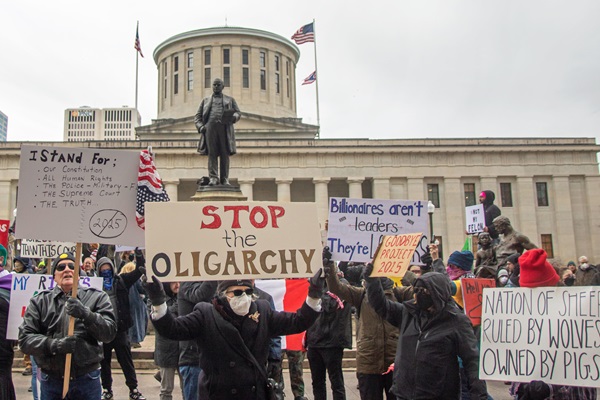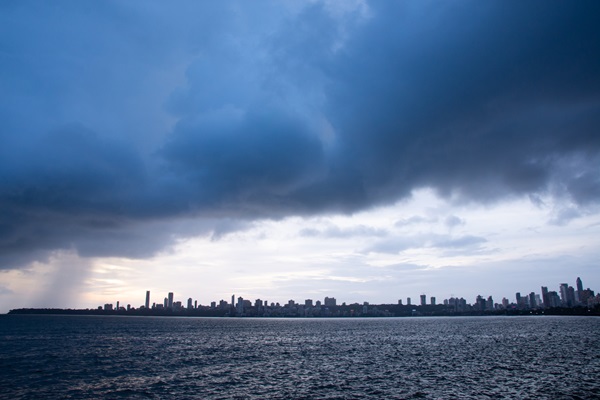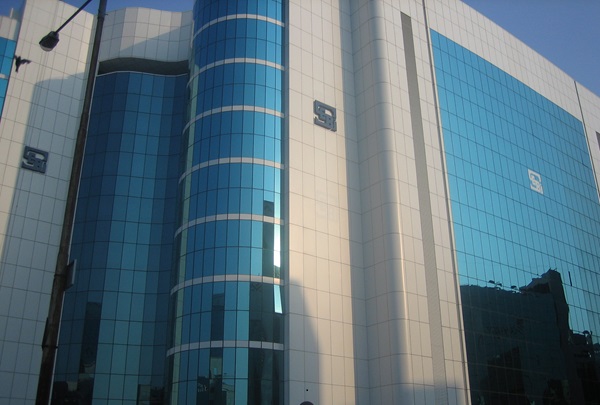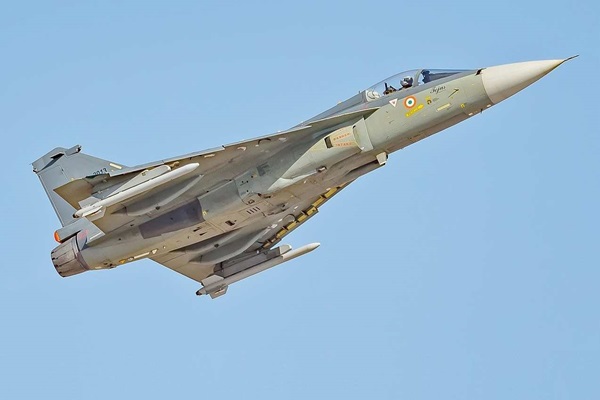.png)
Of Ukraine’s Allies And Fair-Weather Friends
The West sees Putin's war as imperial; Moscow calls it NATO deterrence. But peace remains hostage to territory, aid and politics with global economies caught in the crossfire.
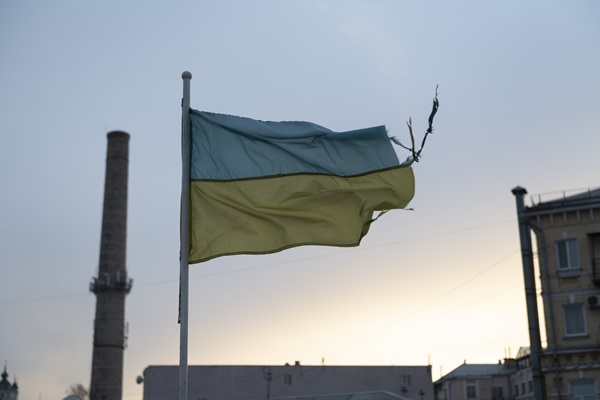
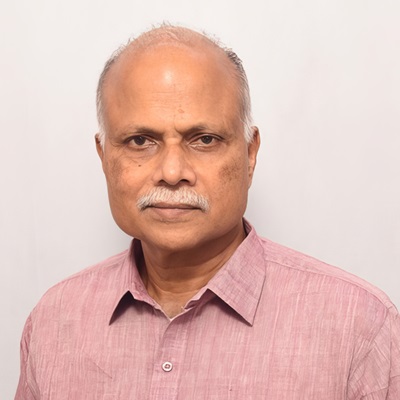
By TK Arun
T.K. Arun, ex-Economic Times editor, is a columnist known for incisive analysis of economic and policy matters.
May 18, 2025 at 5:34 AM IST
In the popular western narrative, Russian leader Vladimir Putin is bent on rebuilding the old Soviet empire, and his attack on Ukraine has been part of this imperial project. In this version of the world, unless Putin is rebuffed in Ukraine, imperial Russia would inevitably swallow Moldova and Georgia, if not the NATO members Latvia, Lithuania, Estonia and Poland.
The grotesque and larger-than-life image formed by such projection of the past into the future has been used by the governments of NATO allies to persuade their domestic populations to bear the cost of absorbing hundreds of thousands of Ukrainian refugees in their midst, besides major supplies of arms, ammunition, and other support to Ukraine. The collective West, led by the US, has been waging a war against Russia, with zero risk to its own soldiers, even as Ukrainians are urged to keep fighting to the last man alive.
Russia has been sought to be squeezed with boycott of its energy supplies by (most) NATO members and enforcement of a cap on the per-barrel price of crude that Russia exports to nations that do not join the boycott. Western companies have stopped trading with and investing in Russia as well. Russian foreign exchange assets were frozen, and are potential sources of financing post-war Ukrainian reconstruction. Russia has been cut off from the Swift messaging system the world uses for cross-border transfer of funds.
This was supposed to choke off Russian exports and the Russian economy’s access to vital supplies, including parts and replacements as well as high-tech products such as microchips.
It is in this background that we have to see the ongoing attempts to reach a ceasefire in Ukraine and resume normal life in Ukraine, Russia and other countries engaged in passive combat, and the impact of an end to the war on the wider global economy.
US President Donald Trump came to power promising that he would end the Ukraine war in one day’s time, should he be elected to power. All that he has managed to do is to extort a deal from Ukraine, in which the US companies gain privileged access to Ukrainian minerals, including rare earths.
The Russian economy has proved surprisingly resilient since the war and the sanctions regime began. While 2021 had been a year of sharp bounce-back from the devastation wrought by Covid in 2020, for Russia and the European Union, economic fortunes diverged after Russia’s invasion of Ukraine in February, 2022. The EU grew by 3.5% in 2022, 0.4% in 2023 and 1% in 2024. Russia’s economy contracted 2.2% in 2022, but grew markedly faster than the EU in 2023 and 2024, at 3.6% and 4.1%, respectively. War production and import substitution have helped Russia grow.
Russia does not see its invasion of Ukraine as any imperial expansion. From its perspective, it is an attempt to prevent Ukraine from joining NATO, the military alliance that was formed against the erstwhile Soviet Union and, instead of being disbanded after the collapse of the Soviet Union, has kept expanding eastwards towards Russia.
Vladimir Putin assumed Russian leadership in 2000. Since the collapse of the USSR in 1991, Russia, its principal successor state that took charge of the USSR’s nuclear weapons, had been led by a kleptocratic elite that appropriated vital economic assets and became the so-called Oligarchs, with a drunken, irresolute Yeltsin as the leader. Putin took time to consolidate his power. By then NATO had already expanded to include a variety of former Warsaw Pact countries, including some on Russia’s borders. Poland, Hungary, the Czech Republic, Bulgaria, Estonia, Latvia, Lithuania, Romania, Slovakia, and Slovenia all became NATO members, in violation of solemn promises by the US to the last Soviet president, Mikhail Gorbachev that NATO would not expand one inch to the east.
In 2008, when Georgia’s accession to NATO was on the anvil, Russia sent its forces into the country, effectively stalling Georgia’s membership of the alliance. In 2014, a West-backed pro-Democracy movement removed the incumbent Ukrainian president, who had leaned towards Moscow. Unlike other East European nations that became NATO members, Ukraine was home to a vital Russian military asset: its Sevastopol naval base in Crimea, the only warm-water naval base from which Russian ships and submarines could operate round the year.
Crimea had been an integral part of Russia, from the time when Russia’s first Christian ruler, Vladimir I, was baptized there, through the Crimean war of 1854-56 -- which served as the stage for Florence Nightingale to emerge as the icon of dedicated nursing, and the poetic celebration of pointless valour, Charge of the Light Brigade -- to Khruschev’s gift of the peninsula to Ukraine in 1954. Gorbachev had been holidaying at a dacha on the Crimean coast when he was put under arrest in a coup and counter-coup in the dramatic last days of the Soviet Union.
When an anti-Russian leadership took charge in Kiev in 2014, Russia sent in its ‘Little, Green Men” to annex Crimea, and occupy parts of eastern Ukraine, safeguarding its warm-water port and naval base. Moscow stoutly opposed Ukraine’s membership of NATO – a NATO member would control Moscow’s access route to Sevastopol through eastern Ukraine. The West armed Ukraine to fight off the Russian presence in eastern Ukraine, and these Russian-speaking areas and their residents were subjected to attacks by Ukrainian forces. In 2022, Russia decided to put an end to this stalemate and invaded Ukraine.
There is no reason for Russia to agree to stop hostilities if its strategic goal of controlling both Crimea and the access route through eastern Ukraine is not achieved. That means Ukraine would have to cede Crimea, which had not been part of Ukraine till 1954, and the eastern regions now under Russian control.
Ukraine’s constitution would need to be amended for Zelensky to trade land for peace. The only way Ukraine would muster the political will to do it is for the West to stop funding Ukraine, and abandon the pretence that Russia would continue a march of conquest if Ukraine failed to achieve total victory.
Europe’s priority is to beef up its own defence capabilities, following the discovery that the US is not a totally dependable ally, thanks to the rise of American isolationism, embodied by President Trump. If the US cuts off arms and aid to Ukraine, Europe would struggle to make up the deficit and Ukraine would be forced to sue for peace. Till then, we can only have peace talks and associated drama.
If peace does break out, the world economy would get a boost, with Russian oil, grain and fertilizer flowing freely to the rest of the world, and lowering their prices, and a huge reconstruction effort in Ukraine absorbing a good part of the surplus steel capacity that China has built up.
India, of course, favours peace. But war has also been useful in re-asserting the salience of Russia as a global power. India needs the world to have more than the US and China as power centres, in order to escape coming under the US thumb to withstand Chinese aggression. Trump has forced Europe also to discover its inner Great Power potential.




